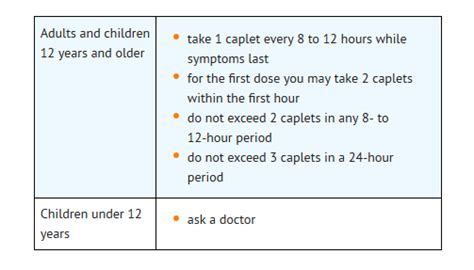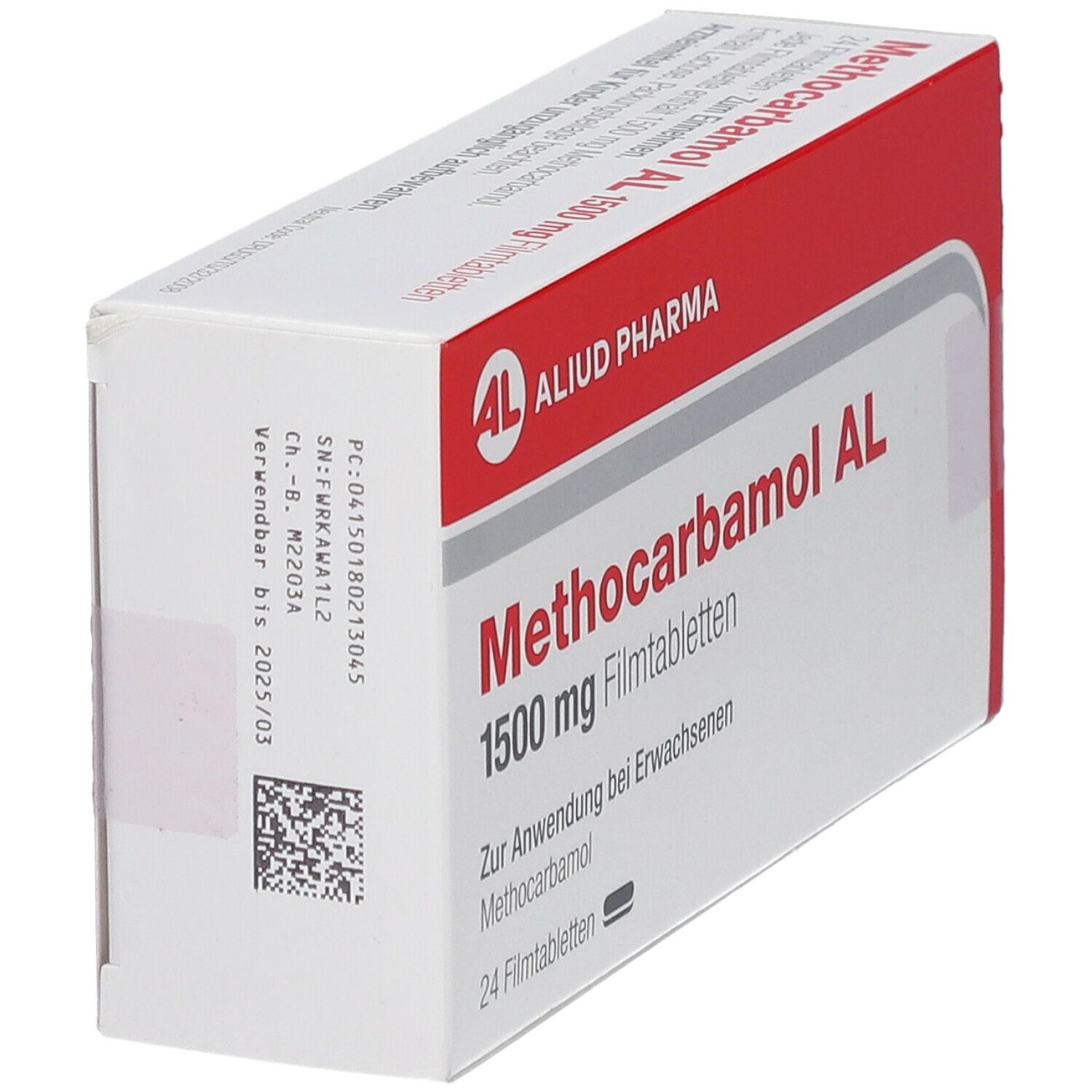Chemical burns, also known as caustic burns, occur when the skin or eyes come into contact with an irritant substance, causing damage to the tissues. These burns can be extremely painful and may lead to long-term complications if not treated properly. While severe chemical burns require immediate medical attention, minor ones can often be managed with proper care at home. It’s essential to approach chemical burn care with caution and follow the right steps to ensure safe and effective healing.
Understanding Chemical Burns
Before diving into the care process, it’s crucial to understand the different types of chemical burns and their severity levels. Chemical burns can be caused by various substances, including acids, bases, and other corrosive materials. The severity of the burn depends on the type of chemical, its concentration, and the duration of exposure.
Types of Chemical Burns:
- Acid Burns: Caused by substances like sulfuric acid, nitric acid, or hydrochloric acid, these burns can lead to severe tissue damage and discoloration.
- Alkali Burns: Resulting from substances like sodium hydroxide or calcium hydroxide, these burns can penetrate deep into the tissue, causing significant damage.
- Other Chemical Burns: These can be caused by various substances, including pesticides, cleaning products, or industrial chemicals.
Immediate Response to Chemical Burns
If you or someone you know has suffered a chemical burn, it’s vital to act quickly and carefully. The first step is to remove the affected individual from the source of the burn and flush the affected area with plenty of cool, running water. This helps to:
- Reduce the severity of the burn by diluting the chemical
- Prevent further damage by removing the irritant substance
- Lower the skin temperature, reducing the risk of further injury
Flush the Affected Area:
For chemical burns to the skin, flush the area with cool, running water for at least 20 minutes. For eye burns, flush the eyes with water for at least 20 minutes, tilting the head to the side to ensure the water flows out of the eye. If the burn is caused by a powder or solid, gently brush off any remaining particles before flushing.
Caring for Chemical Burns at Home
Once the immediate danger has passed, you can begin caring for the chemical burn at home. It’s essential to monitor the burn’s healing progress and seek medical attention if you notice any signs of infection or if the burn does not improve.
Steps for Home Care:
- Clean the Burn: Gently clean the burn with mild soap and lukewarm water. Avoid using harsh or abrasive cleansers, as these can further irritate the skin.
- Apply Topical Creams: Over-the-counter topical antibiotic creams can help prevent infection. However, always follow the instructions and consult a healthcare provider before applying any new creams, especially if you’re unsure about the burn’s severity.
- Cover the Burn: Cover the burn with a non-stick, sterile bandage or dressing. This helps protect the burn from further irritation and infection.
- Manage Pain: Over-the-counter pain relievers like acetaminophen or ibuprofen can help manage pain and reduce inflammation. However, always follow the recommended dosage and consult a healthcare provider if you have any concerns.
Monitoring for Complications
While caring for a chemical burn at home, it’s crucial to monitor for signs of complications. These can include infection, scarring, or vision problems if the eyes are affected.
Signs of Infection:
- Increased redness around the burn
- Increased pain or tenderness
- Pus or discharge
- Fever
If you notice any of these signs, seek medical attention immediately.
Preventing Chemical Burns
Prevention is key when it comes to chemical burns. Understanding the risks and taking steps to mitigate them can significantly reduce the chance of an accident.
Safety Tips:
- Handle Chemicals with Care: Always wear protective gear, including gloves and goggles, when handling chemicals.
- Read Labels Carefully: Understand the risks associated with a chemical before using it.
- Store Chemicals Safely: Keep chemicals in well-ventilated areas, away from children and pets.
Conclusion
Chemical burn care at home requires caution, patience, and proper technique. By understanding the causes, symptoms, and care processes for chemical burns, you can help ensure safe and effective healing. Remember, if you’re ever in doubt about the severity of a burn or the best course of action, it’s always best to consult a healthcare professional for guidance.
Additional Resources
For more information on chemical burns and their care, consider the following resources: - National Institute for Occupational Safety and Health (NIOSH): Provides guidance on workplace safety, including the handling of hazardous chemicals. - American Red Cross: Offers first aid training and resources, including information on burn care. - Local Health Departments: Often provide information on chemical safety, burn prevention, and where to seek medical care in case of an emergency.
Frequently Asked Questions
How do I know if a chemical burn is severe and requires medical attention?
+A chemical burn is considered severe if it covers a large area of the body, is deep, or if you experience difficulty breathing, vision problems, or severe pain. In such cases, seek medical help immediately.
Can all chemical burns be treated at home?
+No, not all chemical burns can be treated at home. Severe burns, those that cover a large area, or burns that affect the face, hands, feet, or genital areas should be treated by a medical professional. Additionally, if you're unsure about the severity of the burn or the best course of treatment, it's always best to seek medical advice.
How can I prevent chemical burns?
+Preventing chemical burns involves handling chemicals with care, reading and following the instructions on the label, wearing protective gear, and storing chemicals in a safe and well-ventilated area. Education and awareness about the risks associated with chemicals are also key to prevention.
By being informed and prepared, you can minimize the risk of chemical burns and ensure the best possible outcome if an accident does occur. Remember, safety and vigilance are the first steps in preventing and treating chemical burns effectively.



